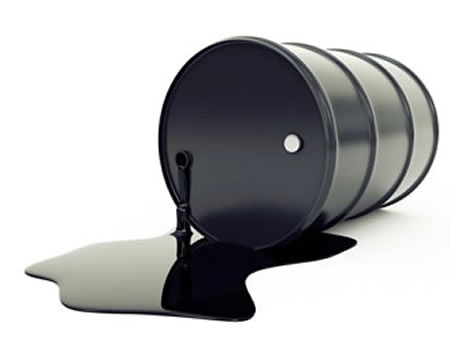The U.S. exported a record 8.3 million barrels per day (bpd) last week of crude oil and petroleum products, the government also said. Top crude oil exporter Saudi Arabia’s, for its part, exported 9.3 million bpd in January, while Russia exported 7.4 million bpd, the bank added.
However, it should also be noted that the Citi projection is for both crude and finished (refined) petroleum products, not only crude oil. Saudi Arabia remains the world’s largest exporter of crude, though since January amid the OPEC/non-OPEC production cut agreement that figure has fallen. On April 10, the Saudi oil minister said that the kingdom planned to keep its crude oil shipments in May below 7 million bpd for the 12th consecutive month.
Saudi Arabia has also trimmed its oil production more than 100 percent of the output cuts it agreed to under the January 2017 production deal. In March, Saudi crude production was at 9.91 million bpd, below the deal’s output target of 10.058 million bpd.
Russia, however, also part of the global oil protection cut agreement, increased its crude oil production by 0.2 per cent to 10.97 million bpd in March, compared to the previous month and an 11-month high.
Though Citi has projected that the U.S. could bypass Saudi Arabia in the export of crude and petroleum products, U.S. crude oil exports have been relatively low compared to other major oil producers since the Obama Administration lifted the ban of American crude oil exports in 2015.
Nonetheless, U.S. crude exports are poised for an upward trajectory. On Wednesday, the U.S. Energy Information Administration said the U.S. crude exports last week increased by 582,000 bpd to 2.331 bpd, an all-time high.
The reason for the spike in exports also comes from the price divergence (arbitrage) between London-traded, global benchmark Brent crude and NYMEX, U.S.-benchmark, West Texas Intermediate (WTI) crude prices. As the spread between the two benchmarks widens, WTI trades at a significant cost advantage against Brent as well as other crude benchmarks. The WTI discount is a boon for refineries, particularly in Asia, that need the light sweet crude which yields higher priced refined petroleum products.
U.S. crude is also competing for market share in China against traditional exporters Saudi Arabia, Russia and Iran. China for its part seems to be pivoting away from Saudi oil as the kingdom continues to increase its official selling price (OSP) for Arab Light crude.
WATCH TOP VIDEOS FROM NIGERIAN TRIBUNE TV
- Let’s Talk About SELF-AWARENESS
- Is Your Confidence Mistaken for Pride? Let’s talk about it
- Is Etiquette About Perfection…Or Just Not Being Rude?
- Top Psychologist Reveal 3 Signs You’re Struggling With Imposter Syndrome
- Do You Pick Up Work-Related Calls at Midnight or Never? Let’s Talk About Boundaries







